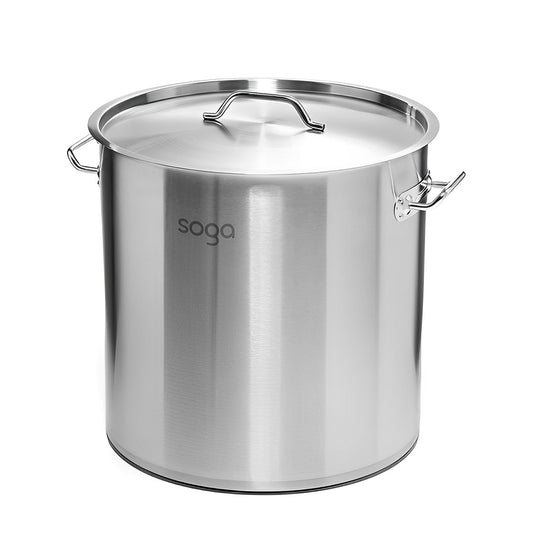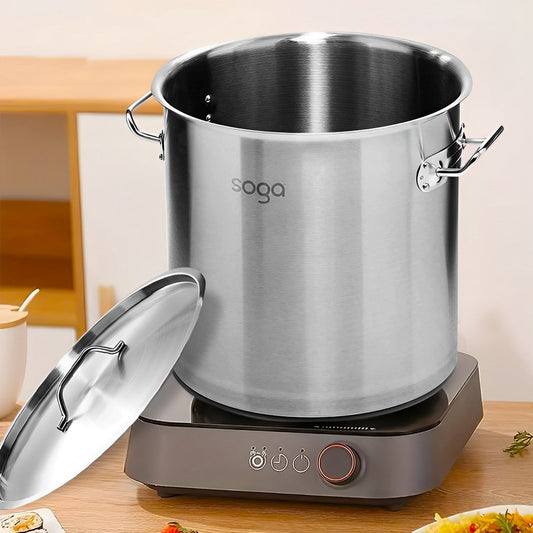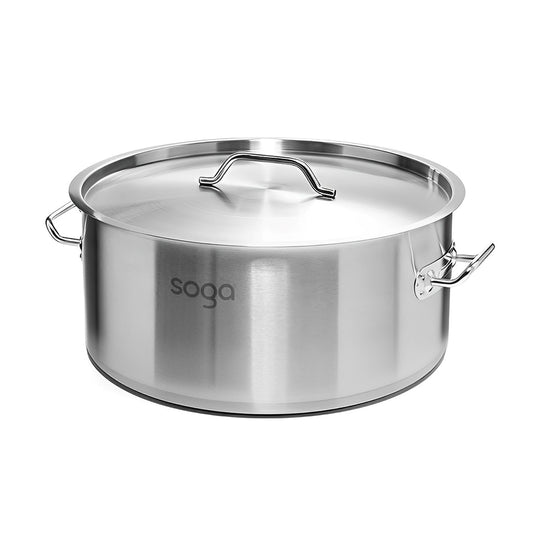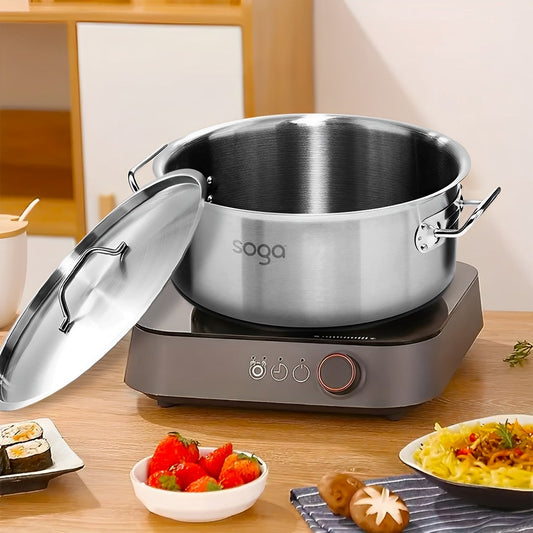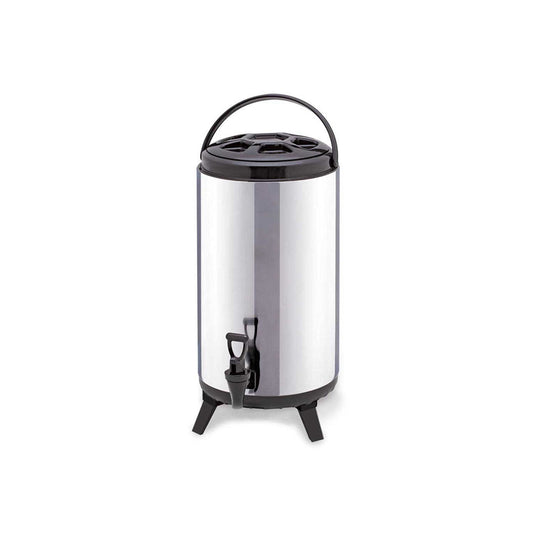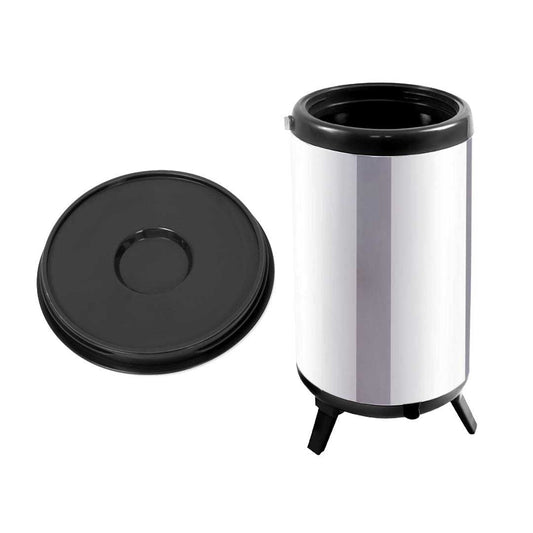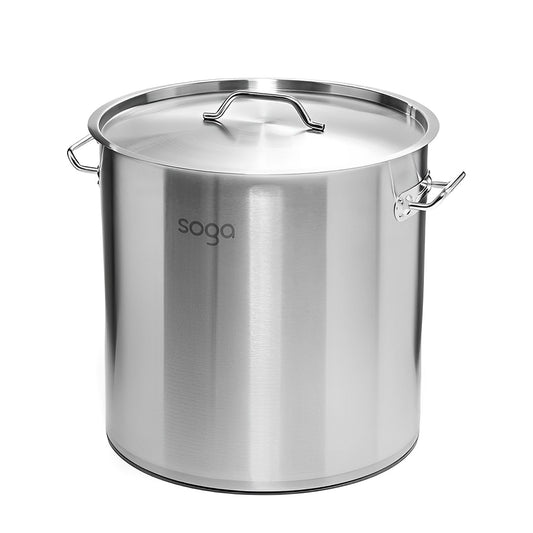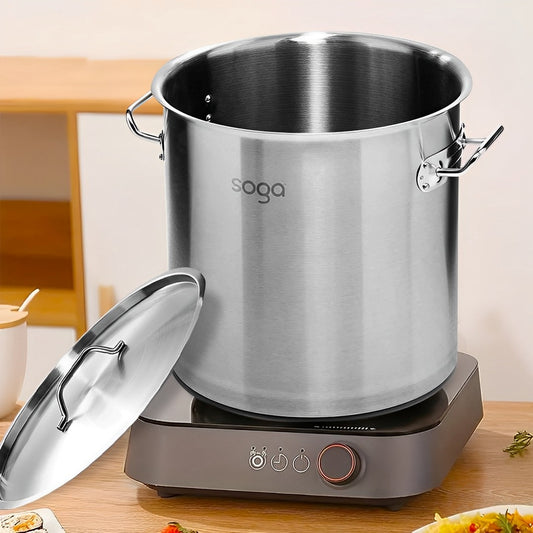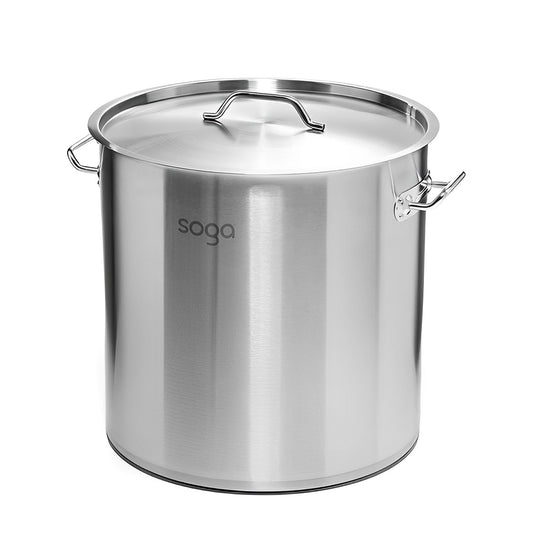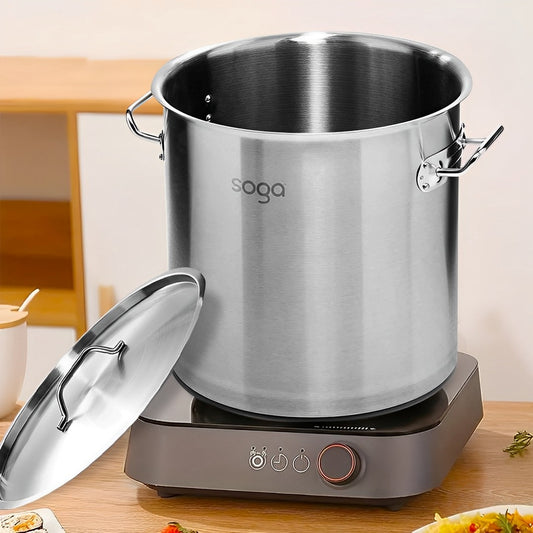The Science of Pressure Cooking: How Does It Work?

Pressure cooking has become a kitchen revolution, promising swift and flavorful meals with minimal effort. But have you ever wondered about the science behind this culinary magic? In this article, we will unravel the secrets of pressure cooking, exploring the physics, chemistry, and engineering that make it all possible.
The Physics of Pressure Cooking
At the heart of pressure cooking lies the fundamental principle of physics – Boyle's Law. As the temperature rises within the sealed pot, the pressure also increases. This increase in pressure forces the boiling point of water to rise, allowing food to cook faster. The higher pressure ensures that the heat is evenly distributed, resulting in a thorough and efficient cooking process.
How Does It Work?
The pressure cooker is equipped with a tight-sealing lid and a pressure release valve. Once the ingredients are placed inside and the lid is secured, the cooker traps steam generated during cooking, creating an airtight environment. As the temperature climbs, so does the pressure, causing the boiling point of water to soar beyond the typical 100 degrees Celsius (212 degrees Fahrenheit). This elevated temperature accelerates the cooking process, breaking down tough fibers in meats and reducing the cooking time of grains and legumes.
The Culinary Chemistry
Beyond physics, pressure cooking alters the chemistry of food in a way that conventional methods cannot. The high pressure and temperature facilitate the Maillard reaction – the magical process responsible for the browning and development of complex flavors in food. This reaction, coupled with the retention of nutrients due to reduced cooking time, makes pressure-cooked meals not just convenient but also exceptionally delicious and nutritious.

Benefits of Pressure Cooking
- Time Efficiency: Pressure cooking can slash cooking times by up to 70%, making it a lifesaver for busy individuals.
- Energy Conservation: The reduced cooking time translates to lower energy consumption, making pressure cookers an eco-friendly choice.
- Nutrient Retention: The sealed environment minimizes nutrient loss, ensuring that your meals are not only quick but also packed with essential vitamins and minerals.
In the realm of modern cooking, understanding the science behind pressure cooking unveils a world of efficiency, flavor, and nutrition. By harnessing the power of physics and chemistry, pressure cookers have become indispensable in kitchens worldwide. So, if you're ready to transform your cooking routine, dive into the world of pressure cooking and discover the wonders it can bring to your table. And don't forget to explore heyhey.com.au for a fantastic selection of pressure cookers that will elevate your culinary adventures. Happy cooking!

